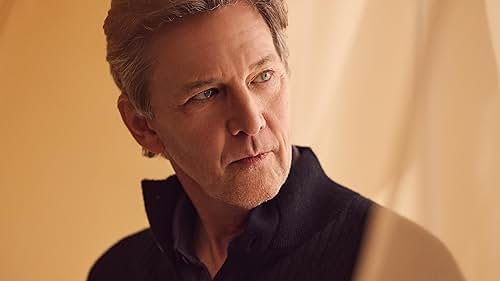Actor and director Andrew McCarthy delves into the legacy of the iconic Brat Pack in his new documentary, Brats. This film features insights from Rob Lowe, Demi Moore, and other members of the ’80s Hollywood group.
The Origins of ‘Brats’
Andrew McCarthy’s personal journey and experiences with the Brat Pack are central to Brats. He didn’t aim to make a definitive Brat Pack movie but a subjective exploration of his own story. McCarthy sought clarity on the impact of this group on his life and career.
An Evolution of Perspective
McCarthy’s relationship with the term “Brat Pack” evolved over the years. He reflects on how they received the label and whether it was fair. For him, understanding this evolution is the heart of the documentary.

Conversations with Key Figures
Andrew McCarthy’s approach to the documentary involved candid conversations with fellow Brat Pack members. He asked them to share their experiences, both from the past and how they see it now. McCarthy wanted to understand their journeys and how their views on the Brat Pack have changed over time.
A Shift from Solitude to Community
McCarthy contrasts his solitary work on his book, Brat, with the communal nature of making Brats. He believes that sharing experiences with others fosters connection and helps us feel less isolated. This theme is reflected in how McCarthy reconnects with his Brat Pack peers.
Revisiting the New York Magazine Article
Andrew McCarthy knew he had to talk to journalist David Blum, who coined the term “Brat Pack”. Blum’s perspective was crucial to the story McCarthy wanted to tell. His agenda was to understand Blum’s experience then and now.
Challenges and Humbling Moments
Making Brats came with its challenges. Scheduling interviews was often difficult, and McCarthy had to adapt quickly when plans fell through. His wife predicted that making the documentary would be humbling, and McCarthy found this to be true during the process.
Insights from the Past
Andrew McCarthy revisited the original New York Magazine article that labeled them the Brat Pack. Upon re-reading, he found it less scathing than he initially remembered. McCarthy noted the article’s snarky tone, typical of the ’80s, and Blum’s personal agenda.
Absence of Key Brat Pack Members
McCarthy addresses the absence of Molly Ringwald and Judd Nelson in Brats. Their decisions not to participate were handled thoughtfully, reflecting their personalities and choices.

Revelations About the Brat Pack Phenomenon
One of the most enlightening aspects for McCarthy was understanding why the Brat Pack phenomenon happened. The cultural shift towards youth-focused movies played a significant role. McCarthy reflects on how the Brat Pack fit perfectly into this seismic change in Hollywood.
A Unified Youth Culture
Andrew McCarthy notes that during the Brat Pack’s rise, youth culture was unified. Movies aimed at young audiences dominated the box office, and every Friday night, teens flocked to see the latest releases. This cultural unity is starkly different from today’s fragmented media landscape.
The Enduring Legacy of the Brat Pack
Andrew McCarthy believes that the Brat Pack’s impact could never be replicated today. He contemplates how social media might have altered their story but concludes that the Brat Pack’s unique place in history remains unchallenged.
Conclusion: A Personal and Reflective Journey
Brats is not just a documentary about the Brat Pack; it’s a personal journey for Andrew McCarthy. Through his lens, we gain a deeper understanding of this iconic group and their enduring legacy in Hollywood.




